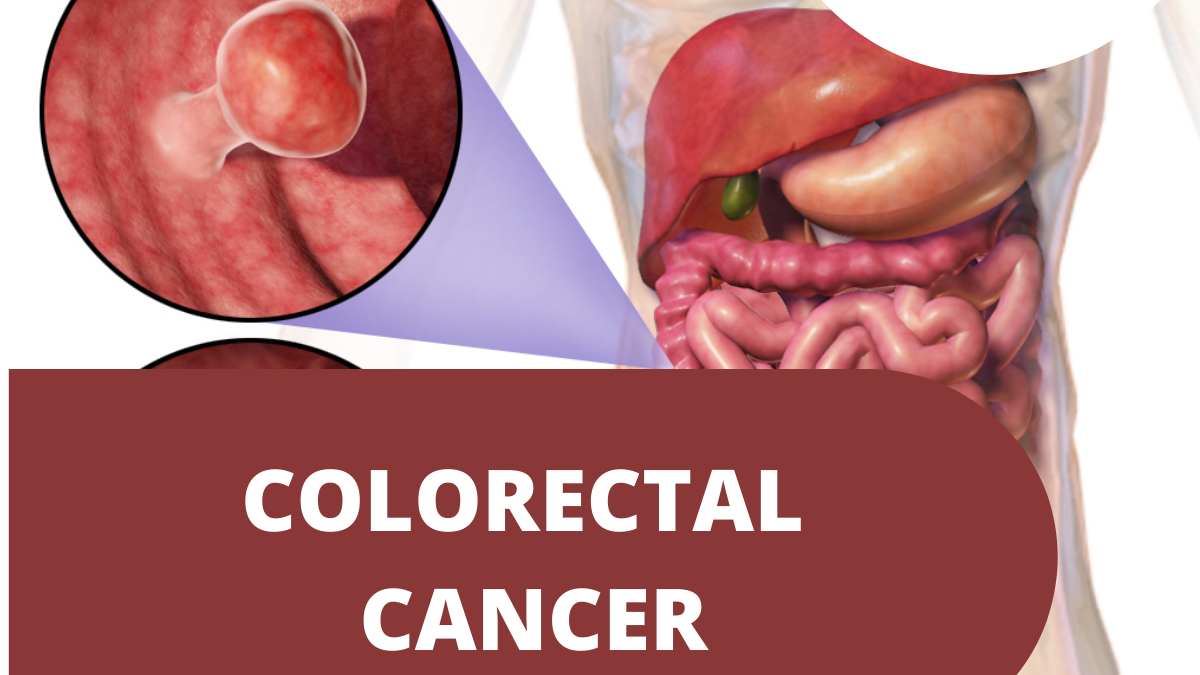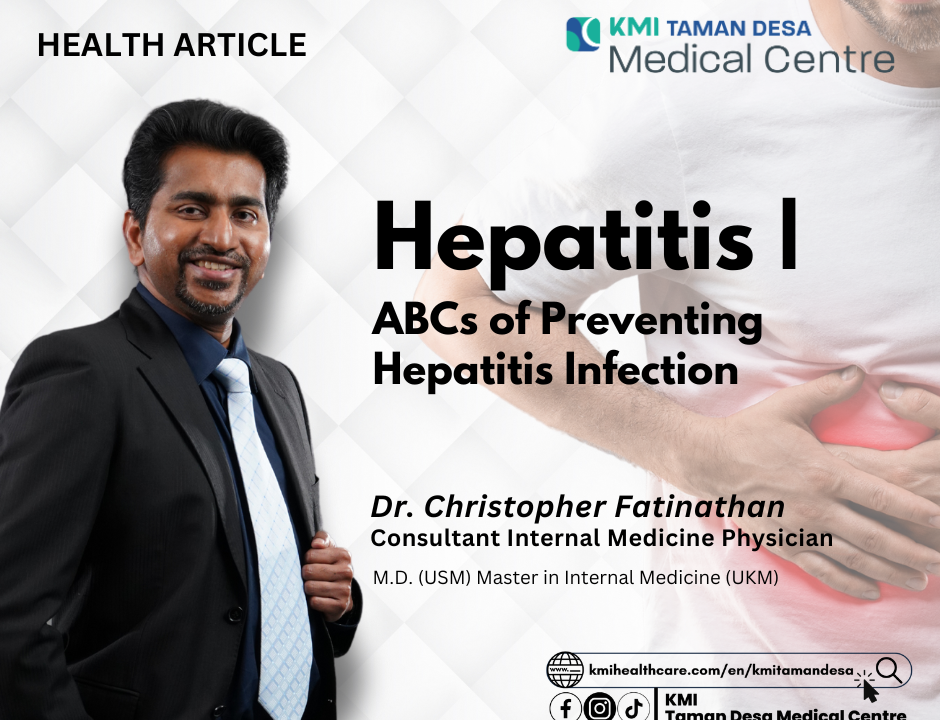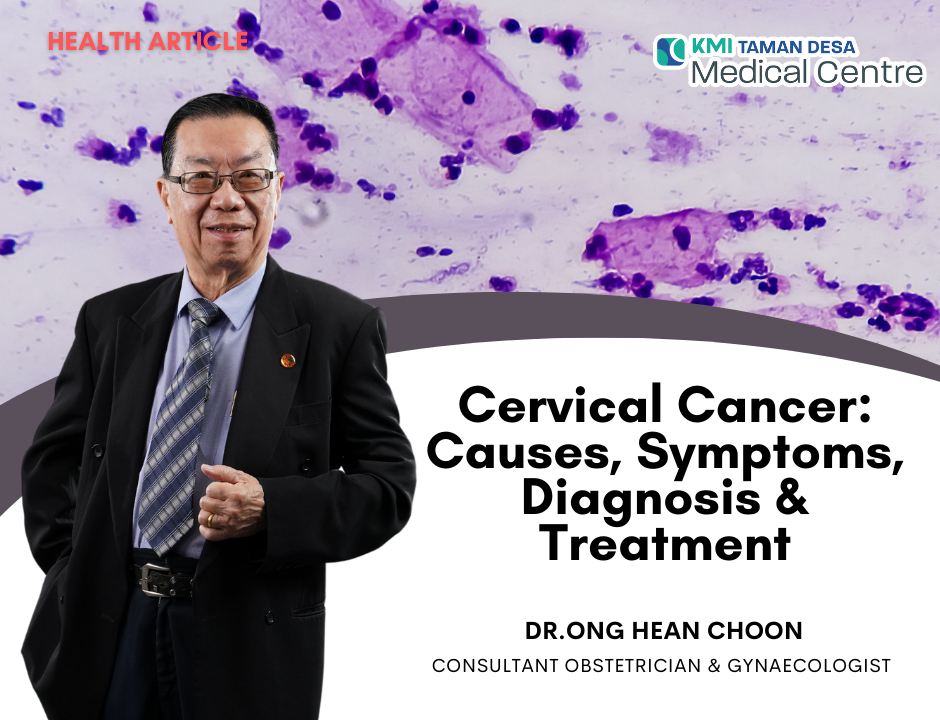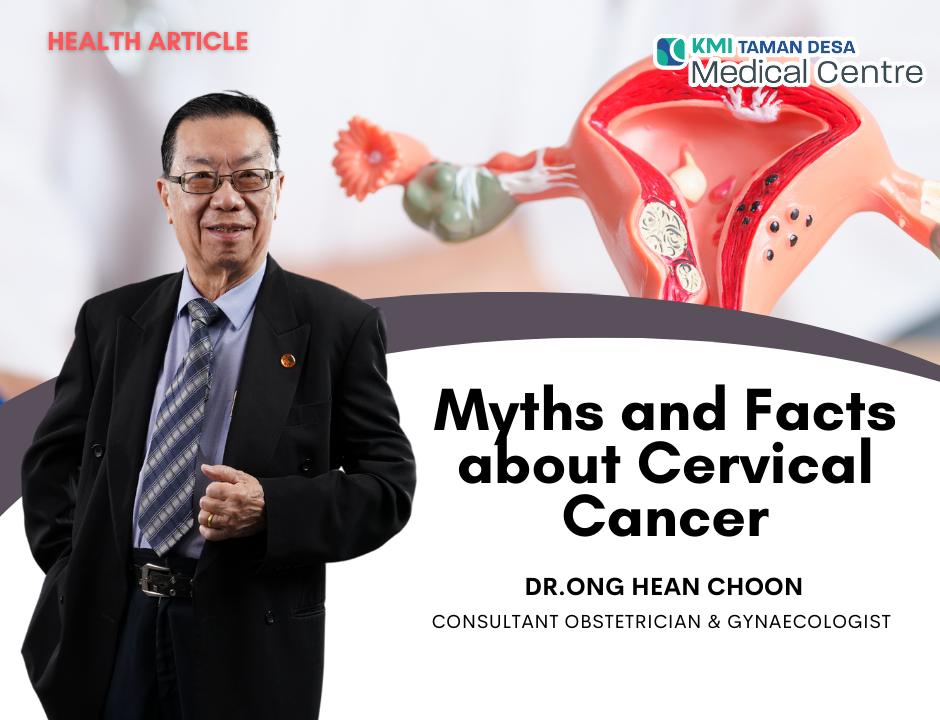[TDMC]-Colorectal Cancer Awareness

[TDMC]- Slipped (Herniated) Disc: Symptoms, Causes, And Treatment 
4 February 2022
[TDMC]-FOOD NUTRITION
27 April 2022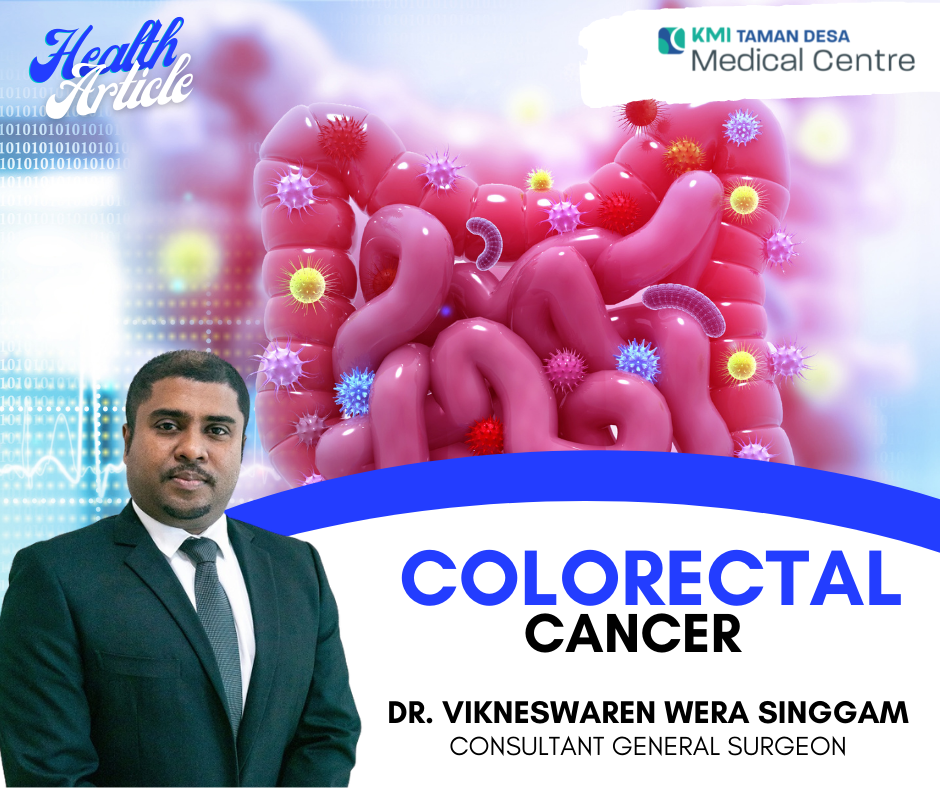
Cancer is a collection of more than 100 diseases and is globally very common. Among the different types of cancers, colorectal cancer is found to be highly prevalent in Asian countries. Many factors like age, health, diet, smoking, genetics, gender, ethnicity, etc., contribute to this rise in percentage.
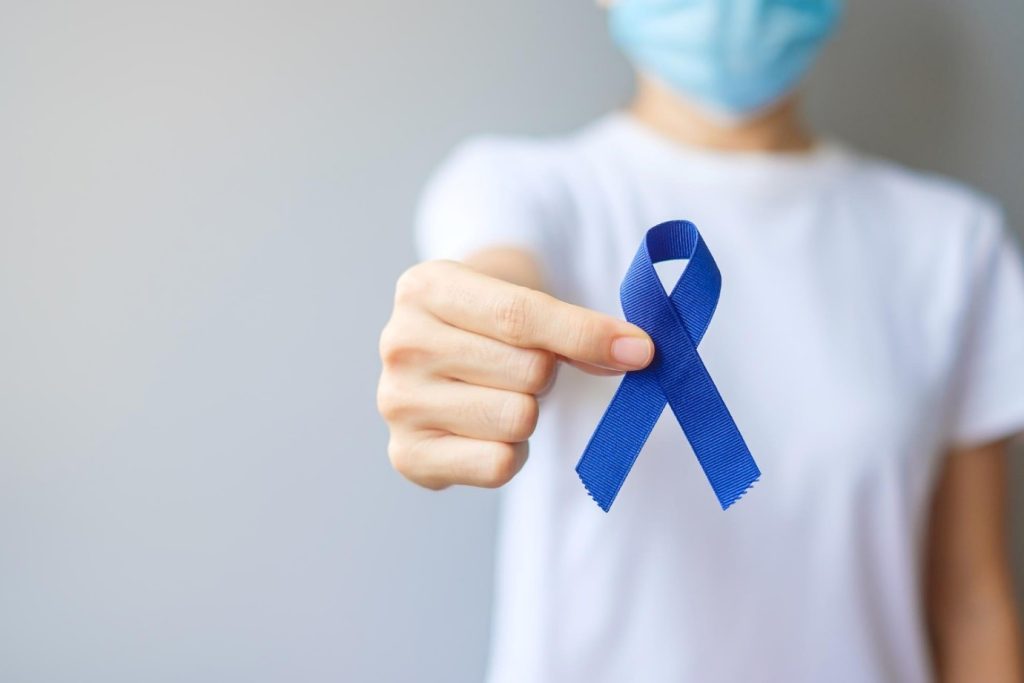
This article includes important information about colorectal cancer, including its prevalence, spread, diagnosis, treatment, and preventive measures.
What Is Colorectal Cancer:
Colorectal cancer (CRC) is a type of malignant tumour that occurs in the inner wall of the colon and rectum. In most cases, colorectal cancer develops from colon polyps. Early colorectal cancer and colon polyps do not show any cancer-specific symptoms. Therefore, early detection and regular colorectal cancer are important for its early management.
Prevalence Of Colorectal Cancer In Asian Countries:
Colorectal cancer is a serious disorder that refers to the abnormal division of colorectal cells, resulting in increased growth of both colon and rectum.
Globally, it was estimated to have 18.1 million new cancer cases, and 9.6 million deaths caused by cancer in the year 2018 [6]. CRC is the second leading cancer-related mortality and the third most commonest diagnosed cancer [7,8]. It is estimated that among half of the new cases, deaths and 5-year prevalent cases were found in Asia.
Due to this, many Asian countries, including Singapore, Japan, and South Korea, have introduced screening programs to limit the increasing percentage of CRC.
The five-year prevalent study of different Asian countries showed the following results [2]:
| China | 1,248,644 |
| Japan | 431,679 |
| Korea | 122,933 |
| India | 113,046 |
Racial/Ethnic Differences In Colorectal Cancer Risk- Asian Population:
One Malaysian study found that the Chinese had the highest age-standardized occurrence (27.35/100,000) and age-standardized mortality rate (11.85/100,000) [3]. This, therefore, concluded that Chinese people have a higher incidence rate of CRC than Indians and Malays.
The age-adjusted CRC prevalence among Asian people was conducted in California. It was discovered that foreign-born Japanese have three times higher rate (74.6/100,000) than the rest of the foreign-born South Asians [4]
The Colon & Rectum:
The digestive cavity of the human body is highly advanced. When the food is ingested, it is absorbed by the intestines. The intestines are of two types; small and large intestine. The Colon and rectum are a part of the large intestine.
The Colon:
The colon is a hollow U-shaped 5 feet tube consisting of muscles. It connects the stomach with the rectum and helps with food and water absorption. It also helps store waste products until they are egested from the body.
It comprises the following parts:
- Ascending colon: It begins with the cecum, a pouch-shaped structure that receives the undigested food from the small intestine. The colon then continues upwards towards the right portion of the belly.
- Transverse Colon: The ascending colon continues from the stomach and then travels towards the left side.
- Descending Colon: This part of the colon then descends towards the left side of the stomach.
- Sigmoid Colon: The last section is named due to its “S” shape. The sigmoid connects with the rectum and then joins the final part of the digestive system, the anus.
The Rectum:
It is the last part of the colon (6 inches) and the second last of the digestive system. It consists of sphincter muscles that help with excretion. The sphincter allows the rectum to prevent accidental elimination of faeces.
Functioning of the Colon & Rectum:
The colon receives food and water from the small intestine. The water and salts are firstly absorbed while the rest of the food travels to the rectum. The undigested food is stored in the rectum until defecation. The sphincter is a ring-shaped muscle that prevents the undigested food from accidentally coming out of the anus.
How Does Colorectal Cancer Start?
Colorectal cancer is a serious disorder in which abnormal division of colorectal cells occurs, resulting in increased growth of both colon and rectum. It first begins as a slight outgrowth on the inner surface of the colon and rectum, called polyps.
In some cases, these polyps become cancerous. Following are some of the common types of polyps:
1. Adenomatous Polyps: These are precancerous polyps and are also called “adenomas.” They are found as villous, tubular, and tubulovillous.
2. Hyperplastic Polyps: Colorectal cancer screening with a colonoscopy may be required more frequently in some persons with big hyperplastic polyps as they are more common.
3. Sessile Serrated Polyps (SSP): These are often treated similarly as adenomatous as they have a higher risk of causing colorectal cancer.
The alarming point for CRC is when the polyp is greatly enlarged (approximately more than 1 cm).
How Colorectal Cancer Spreads?
If a polyp becomes cancerous, it grows deeper within the walls of the colon and rectum. Since the walls of the colon are made of several years, it spreads slowly. It affects the inner layer (the mucosa) and extends outwards towards other layers.
Cancer then travels into the blood and lymph vessels and lymph nodes, and other body parts. If CRC remains undiagnosed, it starts affecting other body parts, which negatively impacts the patient in a number of ways [5].
The Right Age For Colon-Related Assessment:
The American Chemical Society (ACS) recommends regular screening for CRC from the age of 45. While most people with good health start regular screening from age 75 through stool tests and other physical colon and rectum exams.
People are considered to be at moderate risk for screening tests if they don’t have:
- Family history of CR
- Personal history of ulcerative colitis or Crohn’s disease
- Family history of polyps
- Received radiation to the abdomen
Risk Factors:
There are many risk factors associated with the incidence of CRC; as follows:
- Physical inactivity
- Westernized diet (more red meat and processed meat, less fruit, and vegetable)
- High alcohol consumption
- Obesity
Type of Assessments for Colorectal Cancer:
Following assessments are performed for the diagnosis of colorectal cancer:
1. Stool-Based Tests:
These are less invasive and help to determine any abnormality in the faeces. The following diagnostic tests are used for stool analysis:
- Faecal immunochemical test (FIT) per year
- Guaiac-based faecal occult blood test (gFOBT) per year
- DNA targeted stool test (mt-sDNA) after every three years.
2. Examination Of Colon & Rectum:
Visual examination is a thorough test and helps in locating any abnormality by structural examination of the colon and rectum. It is done by colonoscopy (after every ten years), CT colonography (after every five years), and flexible sigmoidoscopy (after every five years).
The Bottom Line:
The increased colorectal cases in Asia are due to many factors like population, lack of awareness, diet, and lack of screening. Colorectal cancer, if it remains undiagnosed, can be fatal. Therefore, if the person has a family of polyps or CRC, they should get tested every year as early diagnosis can ease the procedure to a great extent.
By:
Consultant General Surgeon
KMI-Taman Desa Medical Centre
Clinic: +603-7982 6500 (Ext: 25192520)
References:
- Onyoh EF, Hsu WF, Chang LC, Lee YC, Wu MS, Chiu HM. The Rise of Colorectal Cancer in Asia: Epidemiology, Screening, and Management. Curr Gastroenterol Rep 2019;21. https://doi.org/10.1007/s11894-019-0703-8.
- CS Wong M, Ding H, Wang J, SF Chan P, Huang J. Prevalence and risk factors of colorectal cancer in Asia. Intest Res 2019;17:317–29. https://doi.org/10.5217/ir.2019.00021.
- Abu Hassan MR, Ismail I, Mohd Suan MA, Ahmad F, Wan Khazim WK, Othman Z, et al. Incidence and mortality rates of colorectal cancer in Malaysia. Epidemiol Health 2016;38:e2016007. https://doi.org/10.4178/epih.e2016007.
- Uri Ladabaum, MD, MS1, 2, Christina A. Clarke, PhD3, 4, David J. Press, MPhil4, Ajitha Mannalithara, PhD1, 2, Parvathi A. Myer, MD, MHS1, 2, Iona Cheng, PhD4 and SLG. Colorectal Cancer Incidence in Asian Populations in California: Effect of Nativity and Neighborhood-Level Factors. Physiol Behav 2017;176:139–48. https://doi.org/10.1038/ajg.2013.488.
- Simon K. Colorectal cancer development and advances in screening. Clin Interv Aging 2016;11:967–76. https://doi.org/10.2147/CIA.S109285.
- World Health Organization (WHO) Cancer. WHO Web site. https://www.who.int/news-room/fact-sheets/detail/cancer. Updated September 12, 2018. Accessed January 21, 2019. [Ref list]
- Bray F, Ferlay J, Soerjomataram I, Siegel RL, Torre LA, Jemal A. Global cancer statistics 2018: GLOBOCAN estimates of incidence and mortality worldwide for 36 cancers in 185 countries. CA Cancer J Clin. 2018;68:394–424. [PubMed] [Google Scholar] [Ref list]
- Siegel RL, Miller KD, Jemal A. Cancer statistics, 2019. CA Cancer J Clin. 2019;69:7–34. [PubMed] [Google Scholar] [Ref list]

